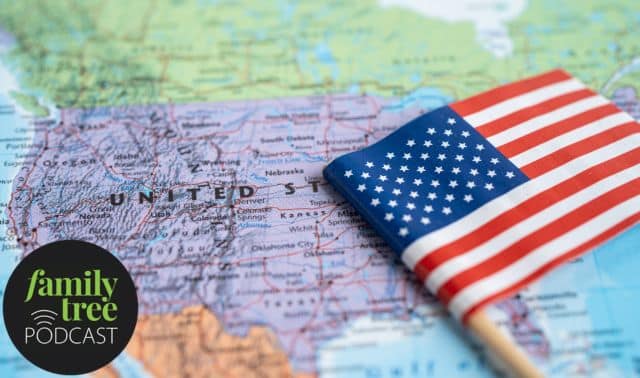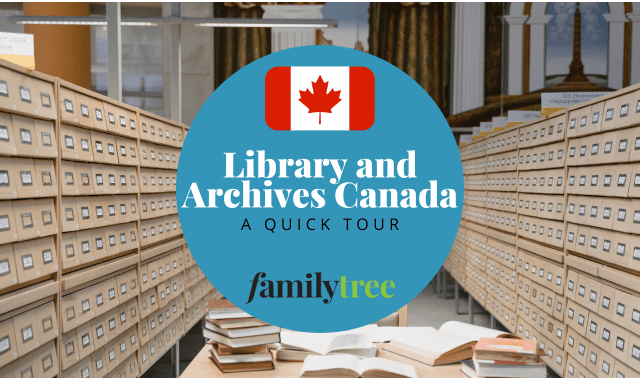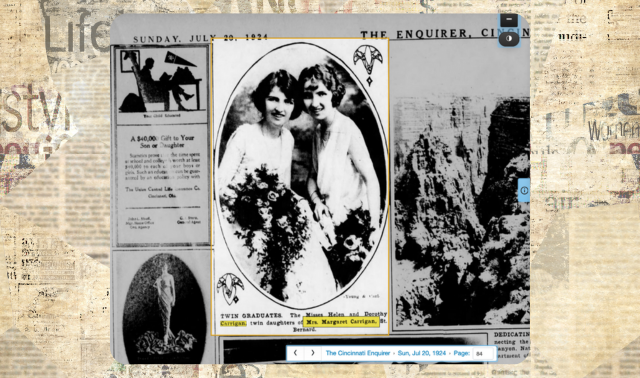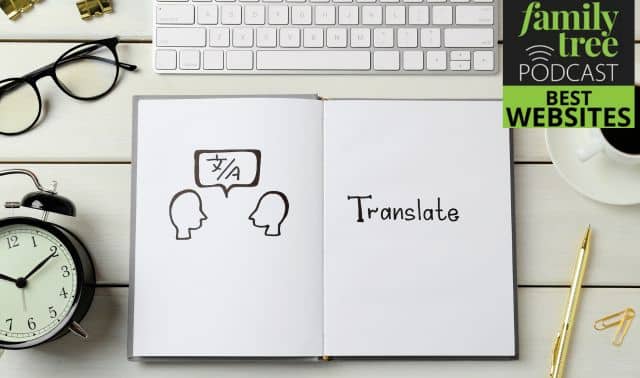The most important clue you need to make headway in finding your European heritage—besides your ancestors’ names, of course—is where your family came from. If you’re starting to eye your overseas ancestry, it’s probably because you’ve discovered, at long last, that your great-grandfather came from Poland, say, or your third-great-grandparents were Irish. Sorry, but that’s not quite enough: You need to know where in Poland or Ireland your family originated. That’s the key that can unlock the puzzles of your European roots.
Sometimes, narrowing down the exact place your family lived in Europe is relatively easy. Start by quizzing your older living ancestors for the name of a town or a church parish. Examine old letters and other documents for clues. I was stumped on the origins of one branch of my father’s tree until I obtained the family Bible from a second cousin, and realized that the inscrutable handwriting after my great-grandmother’s name and birthdate wasn’t just some Swedish pleasantry, but the name of her village. It could have been Hackvard or Hakvad or anything in-between (though probably not Harvard, which is what the scrawls sort of resembled). I plugged every variation I could think of into the online Swedish Gazetteer until I got a “hit” with Hackvad.
You can find help for deciphering the foreign words in your family’s old documents (and, later, in microfilmed records) in the genealogical word lists online at Family Search (click the Search tab, then Research Helps, then Sorted by Document Type). Learning key terms such as the words for born, married and died, plus words such as of, will come in handy. Other translation tools can be found online at Babelfish and Free Translation. You’ll probably want to invest in a dictionary or phrasebook for the languages where you’re researching—or consult the links at dictionary.reference.com and in our Toolkit.
Of course, good maps and a gazetteer are essentials, too. If you’re not lucky enough to find a site devoted to your country of origin, as I did, try the Perry-Castaneda Library Map Collection and the Worldwide Directory of Cities and Towns.
A few Web sites also can help you pinpoint your ancestral village. If your ancestor entered America via Ellis Island between 1892 and 1924, for example, you can search the database of 17 million immigrants at www.ellisisland.org. When you click on the results, the passenger list record will typically give the person’s place of residence back in the old country. If you descend from Catherine Rigney, for example, who was 27 years old when she came through Ellis Island May 30, 1910, a quick search and a few clicks will tell you that Catherine came from Mountrath, Ireland.
Still stuck? You need to try the whole genealogical bag of tricks that got you to this point in the first place. Census records, alas, will just tell you the country of origin. But birth and death certificates, US church records and marriage licenses all may have the magic place information you need.
Ready to dive into immigrant research? Start with this sampling of the best resources for exploring your European roots, from A for Albania to, well, U for Ukrainian. Of course, we don’t have room to include all the great resources for each immigrant group. For more research tips, Web sites, books and organizations relating to your ancestors’ European homeland, see our Ethnic Toolkits and the Family Tree Guide Book to Europe (Betterway Books).




